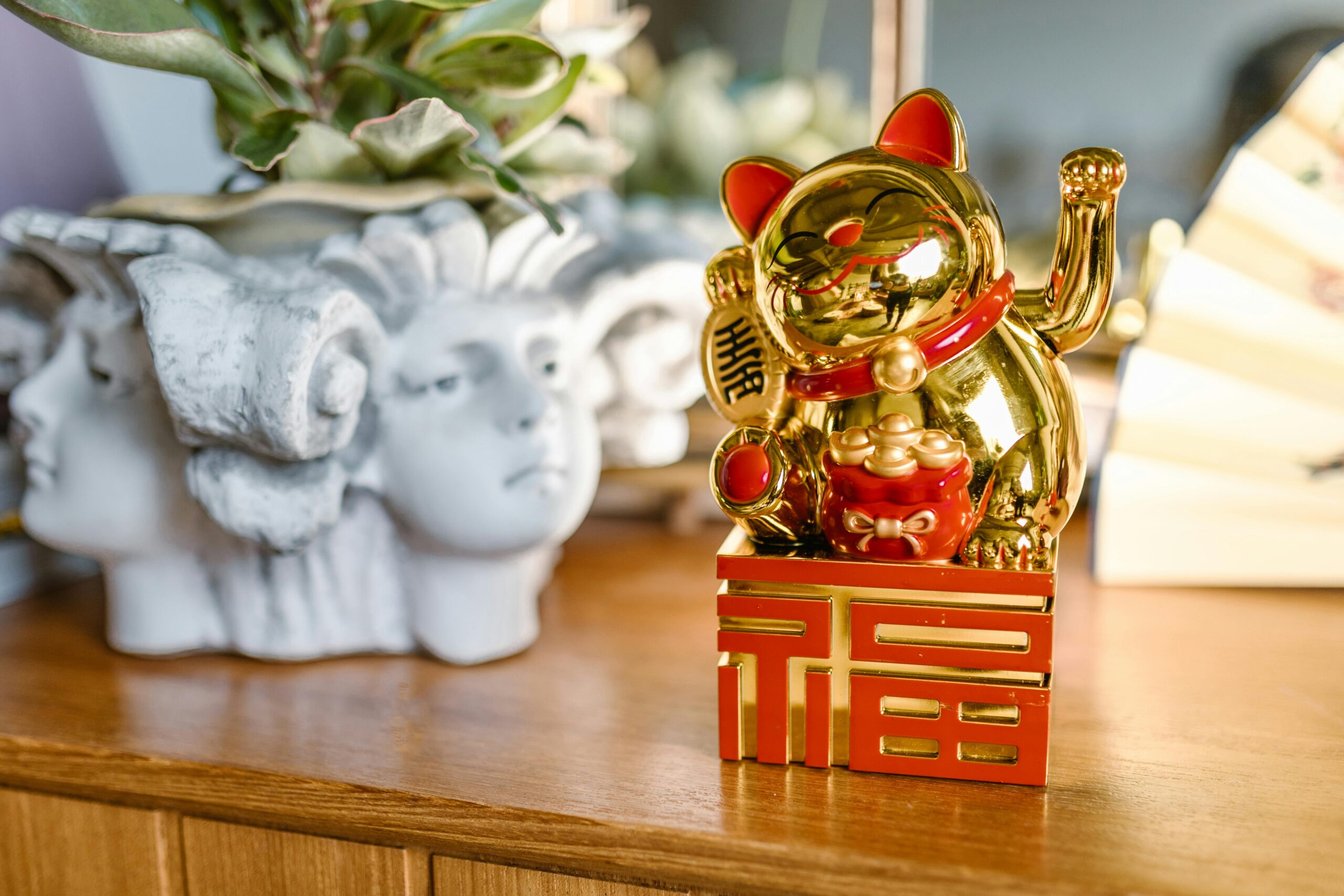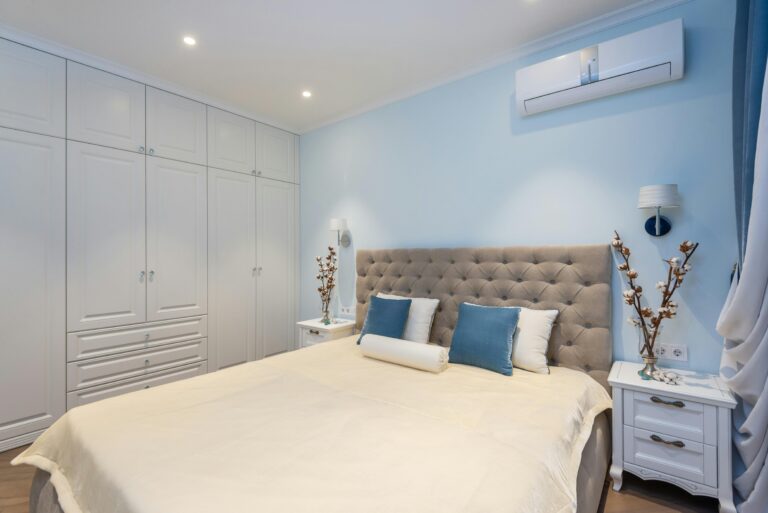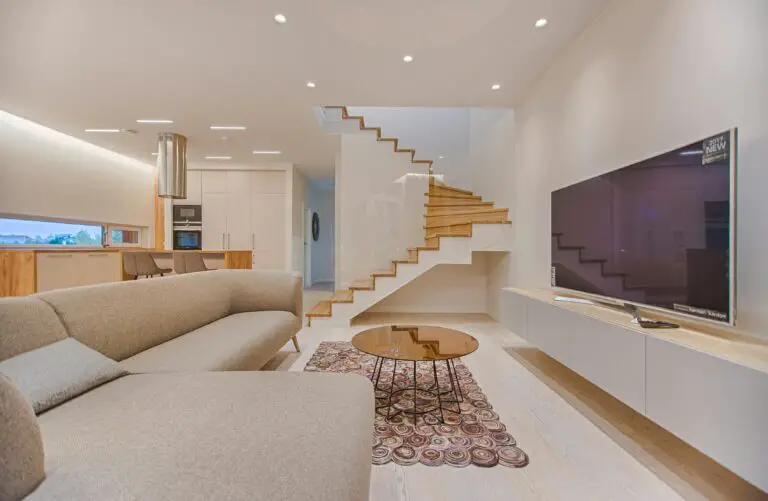Your home is more than just a place to live—it’s a sanctuary that should nurture your body, mind, and spirit. Incorporating Feng Shui principles into your home design can help cultivate a harmonious and balanced environment that supports your overall well-being.
In this comprehensive guide, we’ll explore the fundamentals of Feng Shui and provide actionable tips for applying them to your home design.
Understanding Feng Shui Principles
Feng Shui, which translates to “wind-water” in English, is an ancient Chinese practice that focuses on creating harmony and balance in the environment.
At its core, Feng Shui is based on the concept of qi, or life force energy, which flows through everything in the universe. By arranging your living space in accordance with Feng Shui principles, you can optimize the flow of qi and promote health, prosperity, and happiness.
Enhancing the Flow of Energy
One of the central tenets of Feng Shui is the importance of maintaining a smooth and unobstructed flow of energy, or qi, throughout your home. To enhance the flow of energy, start by decluttering your space and removing any obstacles that may be blocking the flow of qi.
Arrange furniture and decor in a way that allows for easy movement and promotes a sense of openness. Incorporate elements such as mirrors, water features, and plants to encourage the free flow of energy and create a sense of balance and harmony.
Creating Balance and Harmony
Balance and harmony are fundamental principles of Feng Shui, and they can be achieved through careful consideration of the five elements: wood, fire, earth, metal, and water.
Each element corresponds to specific colors, shapes, and materials, and by incorporating a balance of these elements into your home design, you can create a sense of equilibrium and well-being. For example, you might introduce wooden furniture for warmth and earthiness, incorporate metal accents for clarity and focus, or add water features for tranquility and abundance.
Nurturing Positive Energy
In addition to promoting balance and harmony, Feng Shui also emphasizes the importance of nurturing positive energy in your living space. This can be achieved through the careful placement of objects and decor that evoke feelings of joy, inspiration, and gratitude.
Surround yourself with artwork, photographs, and other items that uplift your spirits and remind you of the things you love. Create cozy nooks and relaxation zones where you can unwind and recharge, and incorporate natural light and fresh air to promote a sense of vitality and renewal.
Applying Feng Shui Principles to Specific Rooms
While the principles of Feng Shui can be applied to your entire home, there are specific techniques that are particularly well-suited to different rooms. In the bedroom, for example, it’s important to create a calm and restful atmosphere conducive to sleep and intimacy. Avoid placing electronics, mirrors, or clutter in the bedroom, and opt for soft, soothing colors and textures instead.
In the kitchen, focus on maximizing functionality and promoting abundance by keeping the space clean, organized, and well-lit. By tailoring your approach to each room, you can create a harmonious and balanced environment that supports your specific needs and intentions.
Conclusion
Incorporating Feng Shui principles into your home design can have a profound impact on your overall well-being and quality of life. By understanding the fundamentals of Feng Shui and applying them thoughtfully to your living space, you can create a sanctuary that nurtures your body, mind, and spirit.
From enhancing the flow of energy to fostering balance and harmony, the principles of Feng Shui offer practical guidelines for creating a home that promotes health, happiness, and prosperity. So take the time to assess your living space, make thoughtful adjustments, and watch as your home becomes a source of joy, inspiration, and positive energy.
Frequently Asked Questions (FAQs)
1. What is Feng Shui, and how does it work?
Feng Shui is an ancient Chinese practice that focuses on creating harmony and balance in the environment. It is based on the concept of qi, or life force energy, which flows through everything in the universe. By arranging your living space in accordance with Feng Shui principles, you can optimize the flow of qi and promote health, prosperity, and happiness.
2. How can I enhance the flow of energy in my home?
To enhance the flow of energy, start by decluttering your space and removing any obstacles that may be blocking the flow of qi. Arrange furniture and decor in a way that allows for easy movement and promotes a sense of openness. Incorporate elements such as mirrors, water features, and plants to encourage the free flow of energy and create a sense of balance and harmony.
3. What are the five elements of Feng Shui, and how can I incorporate them into my home design?
The five elements of Feng Shui are wood, fire, earth, metal, and water. Each element corresponds to specific colors, shapes, and materials, and by incorporating a balance of these elements into your home design, you can create a sense of equilibrium and well-being. For example, you might introduce wooden furniture for warmth and earthiness, incorporate metal accents for clarity and focus, or add water features for tranquility and abundance.
4. Are there specific Feng Shui techniques for different rooms in the house?
Yes, while the principles of Feng Shui can be applied to your entire home, there are specific techniques that are particularly well-suited to different rooms. In the bedroom, for example, it’s important to create a calm and restful atmosphere conducive to sleep and intimacy. Avoid placing electronics, mirrors, or clutter in the bedroom, and opt for soft, soothing colors and textures instead. In the kitchen, focus on maximizing functionality and promoting abundance by keeping the space clean, organized, and well-lit.
5. How can I incorporate Feng Shui principles into my existing home design?
Incorporating Feng Shui principles into your existing home design doesn’t have to be overwhelming. Start by assessing your space and identifying areas where you can make improvements. Focus on decluttering, enhancing the flow of energy, and creating balance and harmony through the strategic placement of objects and decor. Experiment with different techniques and adjustments, and don’t be afraid to trust your intuition and make changes that resonate with you personally. Over time, you’ll find that your home becomes a more harmonious and supportive environment for you and your family.



